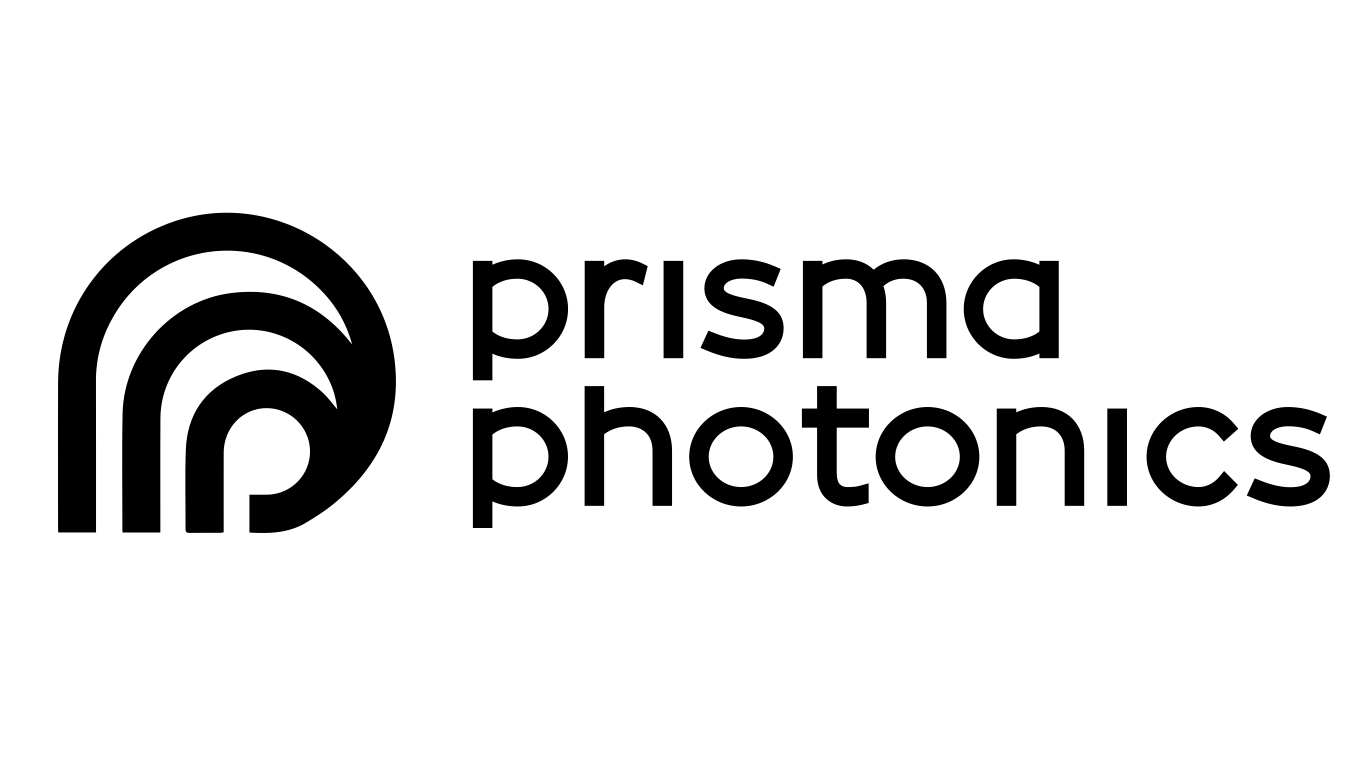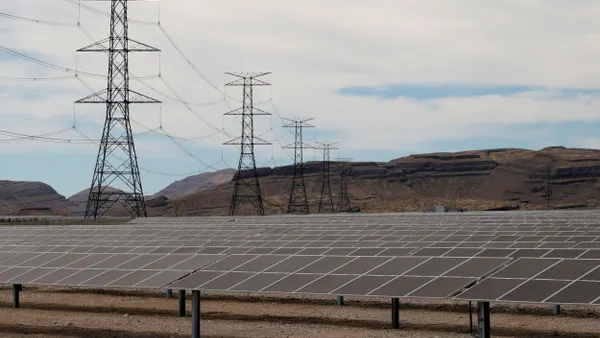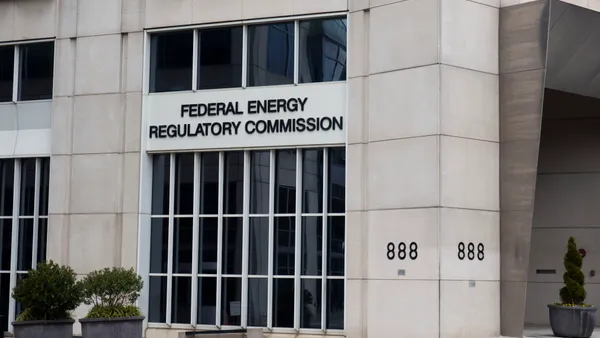Dive Brief:
- A coalition of energy groups and independent producers argue that a proposal by the New York State Energy Research and Development Authority (NYSERDA) to allow utility ownership of large-scale renewable generation would be a step back from a 15 year-old move away from vertically integrated markers.
- Inflation-adjusted wholesale energy prices were more than a third lower in 2013 than they were in 2000, the groups say, citing the benefits of a move towards competitive markets.
- Supporters of NYSERDA's idea say that as the state pursues a 50% renewables goal, utilities can operate the projects at significantly lower costs and will wind up saving customers money.
Dive Insight:
Could utilities own large renewable generation at a lower cost than independent producers? That's the debate, and a group of producers and other energy groups say the answer is a definitive "no."
"New York cannot afford to overlook the benefits and tremendous successes of competitive wholesale energy markets by allowing utilities to once again put ratepayers directly on the hook for costly electricity investments," Independent Power Producers of New York (IPPNY) President and CEO Gavin Donohue said in a statement.
Donohue said that when adjusted for inflation, wholesale electricity prices were down 34% from 2000 to 2013, "a by-product of competition between private developers and an unthinkable outcome under the previous model."
IPPNY was joined in the statement by the Alliance for a Clean Energy New York (ACENY), the Electric Power Supply Association and the New York Affordable Reliable Electricity Alliance. The groups want regulators at the state's Public Service Commission to reject NYSERDA's proposal.
But utilities say they can operate large renewable projects at a lower cost to consumers while helping the state meet a 50% renewables goal. Greentech Media last month published an editorial written by the manager of Consolidated Edison's state regulatory affairs group, Christopher Raup, who argued that utility ownership benefits customers because it allows them to access investment benefits.
"Utilities have access to low-cost capital, and financing renewable energy as efficiently as possible should be a primary policy goal," Raup wrote.
But according to IPPNY's Donohue, the creation of competitive markets has led to private developers bringing in more than 11,000 MW of all types of electricity generation online, with more than 1,700 MW of that coming from wind.














